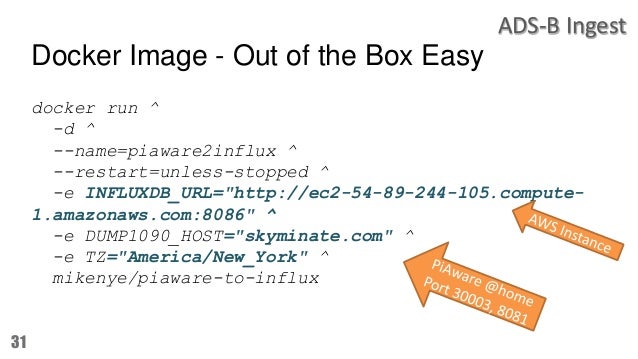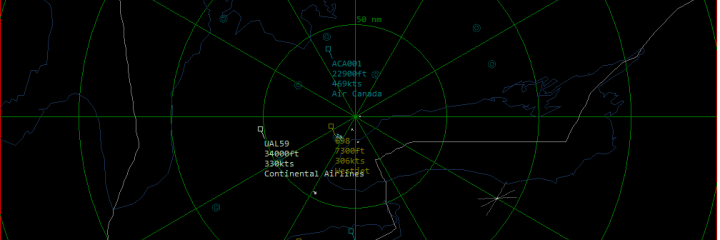

The popular Plex Media Server uses port 32400 and Minecraft servers use port 25565, as just a couple of examples.Įach port can be used via TCP (Transmission Control Protocol) or UDP (User Datagram Protocol). Standard ports will typically be lower in number, so if you are setting up your own port forwarding rules it is best to use a higher number, If you were to configure a different port for HTTP traffic, the webserver at the other end won’t recognize it as it will only be listening on port 80.Īs there are literally tens of thousands of ports available, some will not have pre-assigned uses, so you can use them as you see fit. Your operating system will know that port 80 is for HTTP traffic, so will listen on that port and respond accordingly. Programmers had to overcome this issue and ensure that programs connected to the right applications, which is where ports began to be used.Īs we discussed earlier, some ports are used for specific applications, with an example being port 80 when you visit a web page. Roll on several years and computers became more proficient and could run multiple applications.

Previously, when computers were not as advanced as they are today and were only capable of running one application at a time, you simply had to point one computer at another on the network to connect the two as they would be using the same application. So what about the ports themselves? Where do they fit into this process?ĭespite being an old technology, ports are still widely used. Thanks to NAT being in place, everyone on your home network can request to visit websites as well as over Internet-based content at the same time, with it all being delivered to the correct device. NAT will direct the flow of network traffic through the router, allowing a single public IP address to be shared amongst all devices that sit behind your router. This process takes place at the router level and acts almost like a traffic warden. The Internet traffic ends up reaching the intended device thanks to what is known as Network Address Translation (NAT). If this is the case, how does the information from the Internet end up on your device and not another family member’s when the public IP address is the same across all devices? Your public IP address represents a street address, whereas the internal IP addresses represent apartment numbers within that street address. We also have your router which is represented by the IP address 192.168.1.1 and a host of other devices that have been assigned an IP address by the router’s DHCP service. This is the IP address that represents your entire home network to the outside world. The cloud symbolizes the Internet, with the IP address below it representing your public IP address (also known as forward-facing). Here is a map of a very basic, example home network setup.

Here are a few of the industry-standard uses for common ports: Most of the time, programmers will use one of the more standard ports depending on what the program is designed to do, but sometimes the ports will be selected arbitrarily. What Are the Commonly Used Ports?Įvery program on your device that is configured to use the Internet in one form or another will be programmed to send its packets through specific ports. Port numbers combined with your public IP address provide the “who does what” information which is kept by every ISP (Internet Service Provider).


 0 kommentar(er)
0 kommentar(er)
